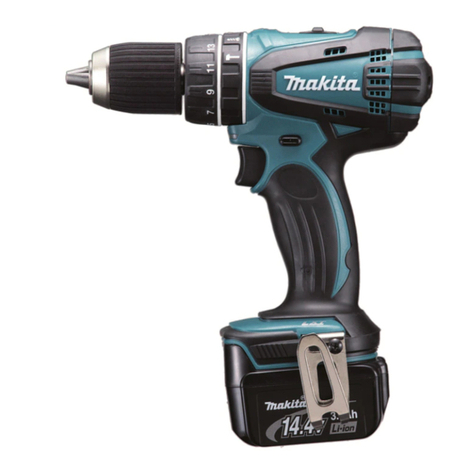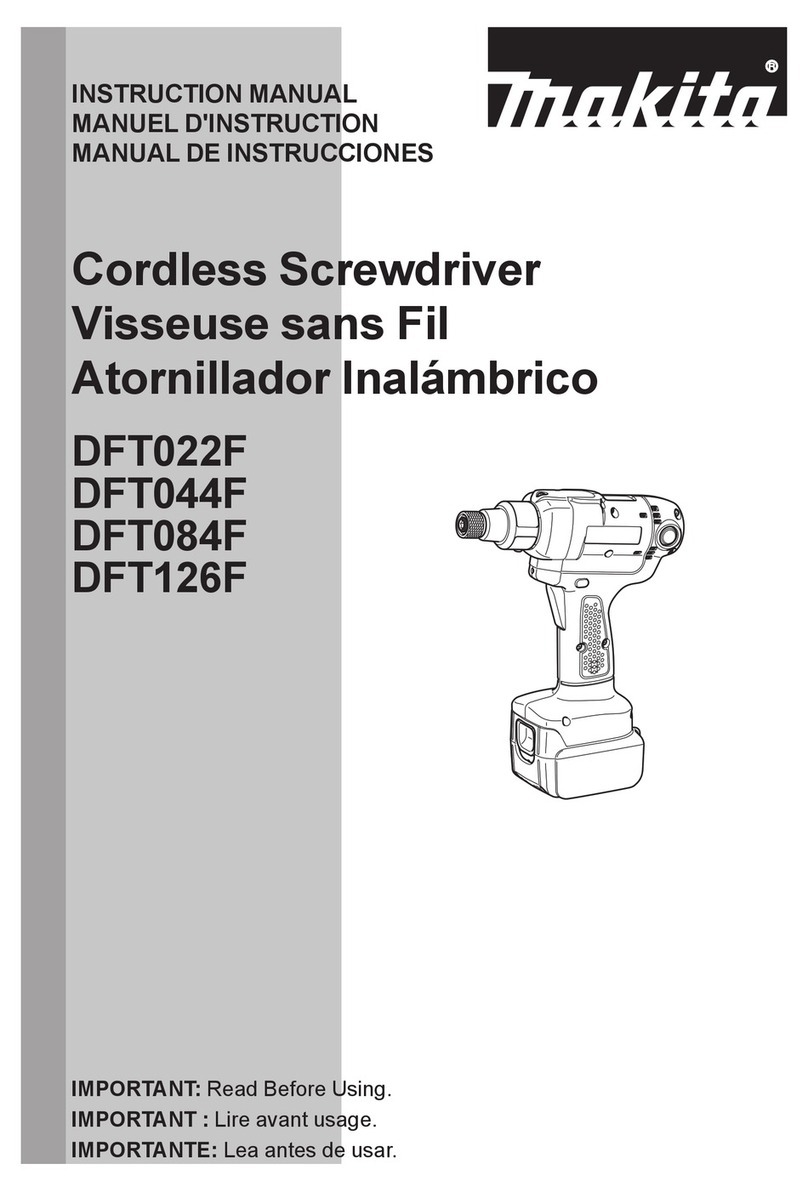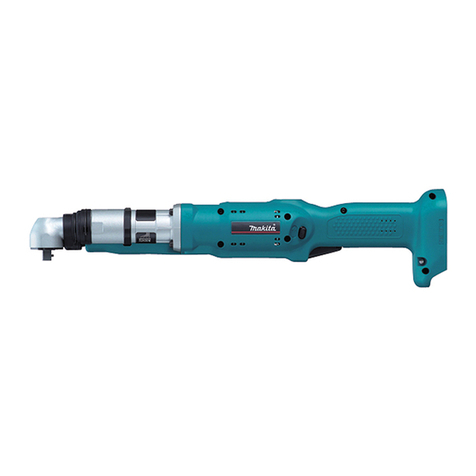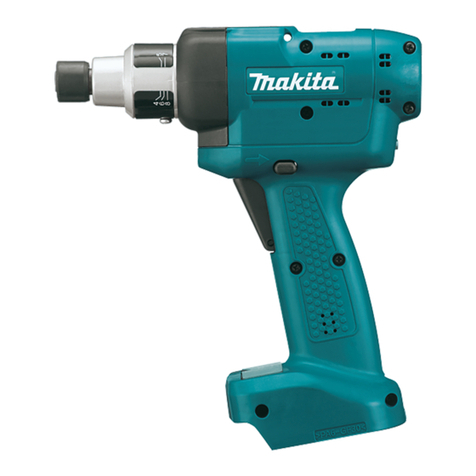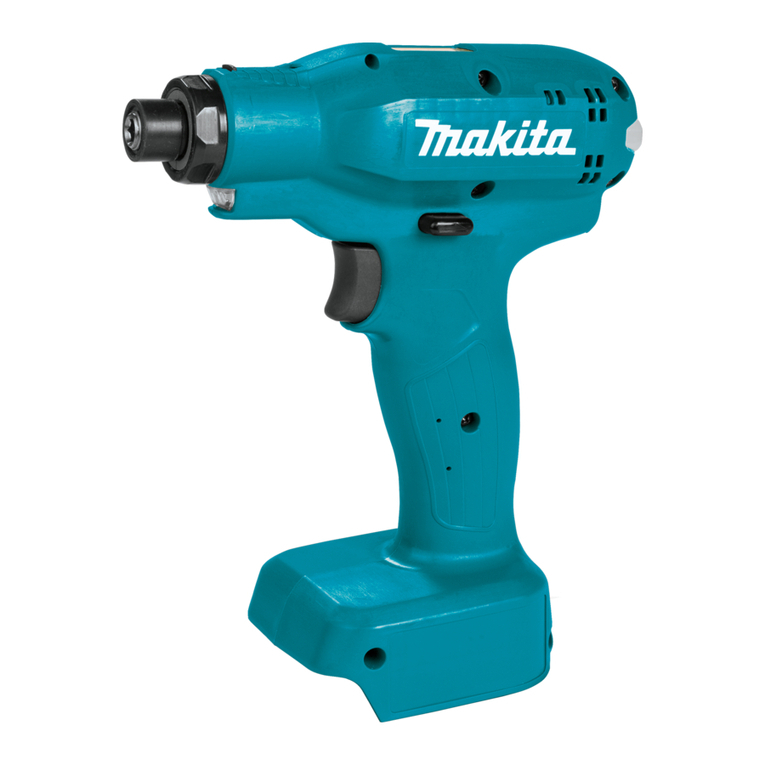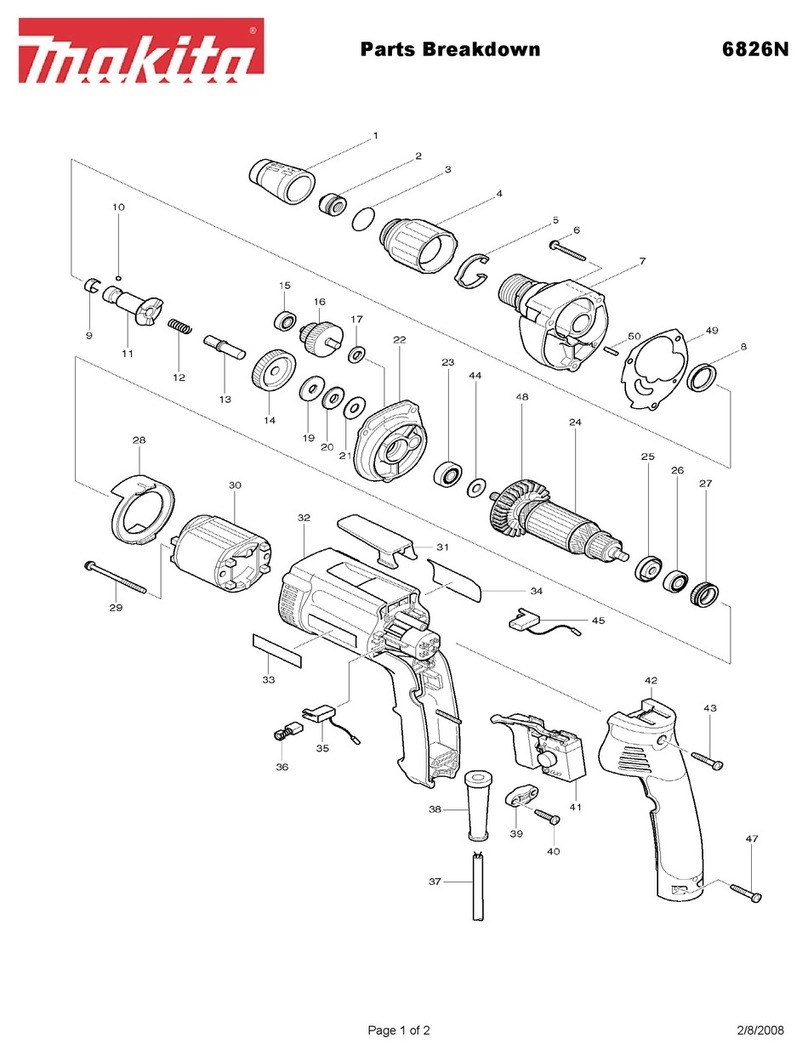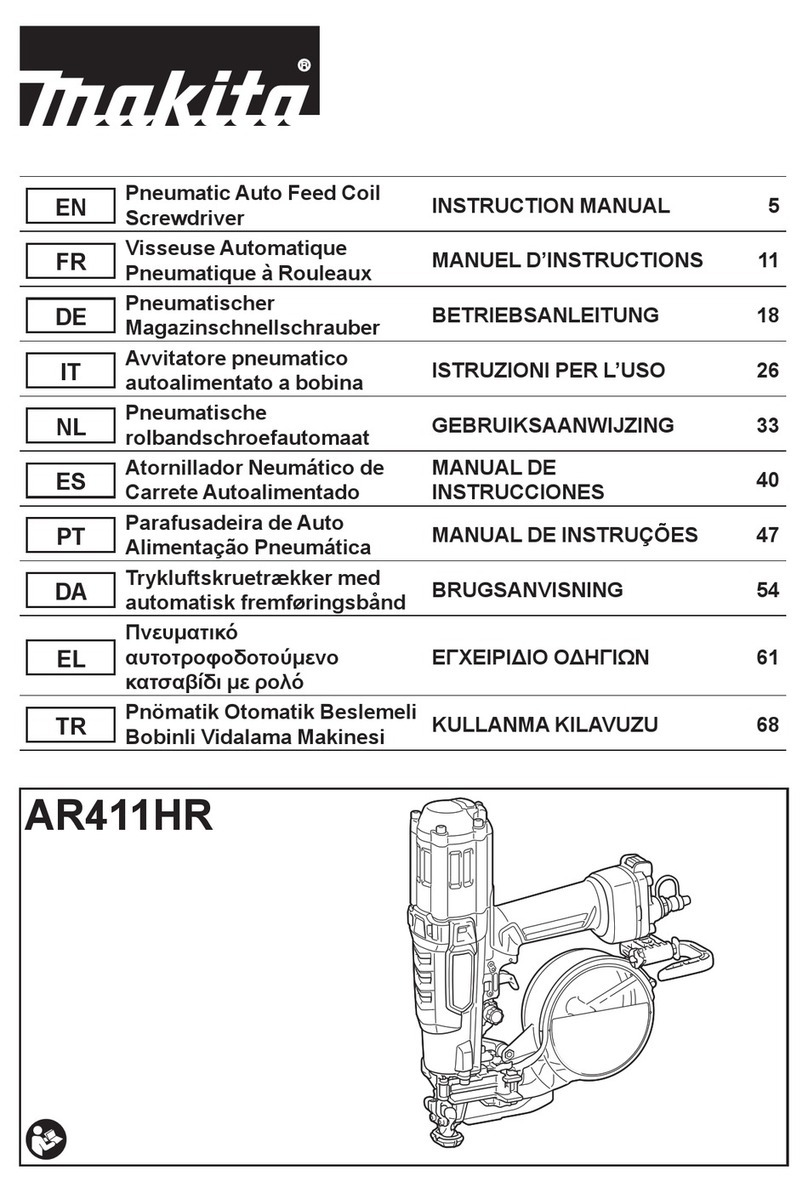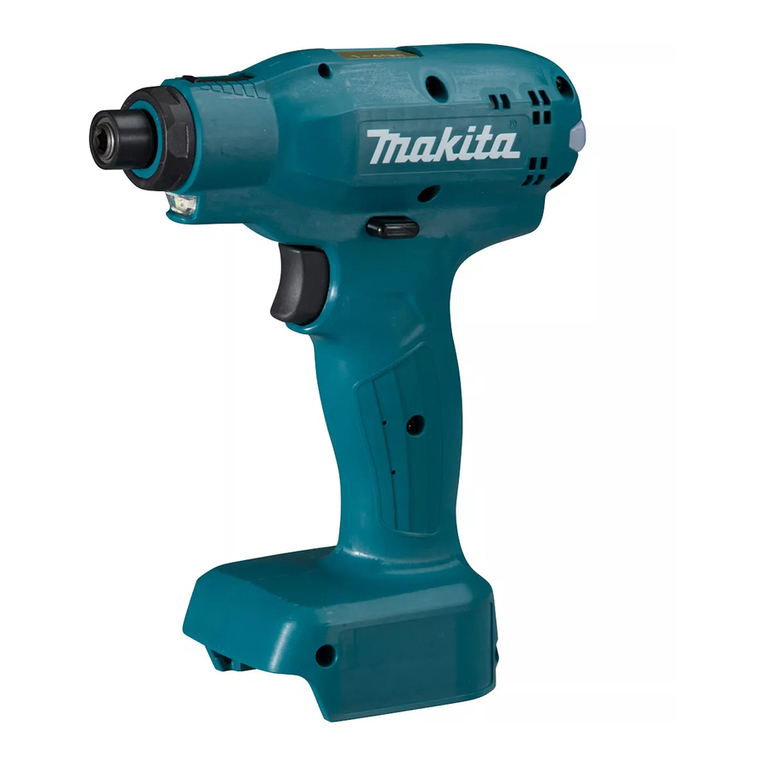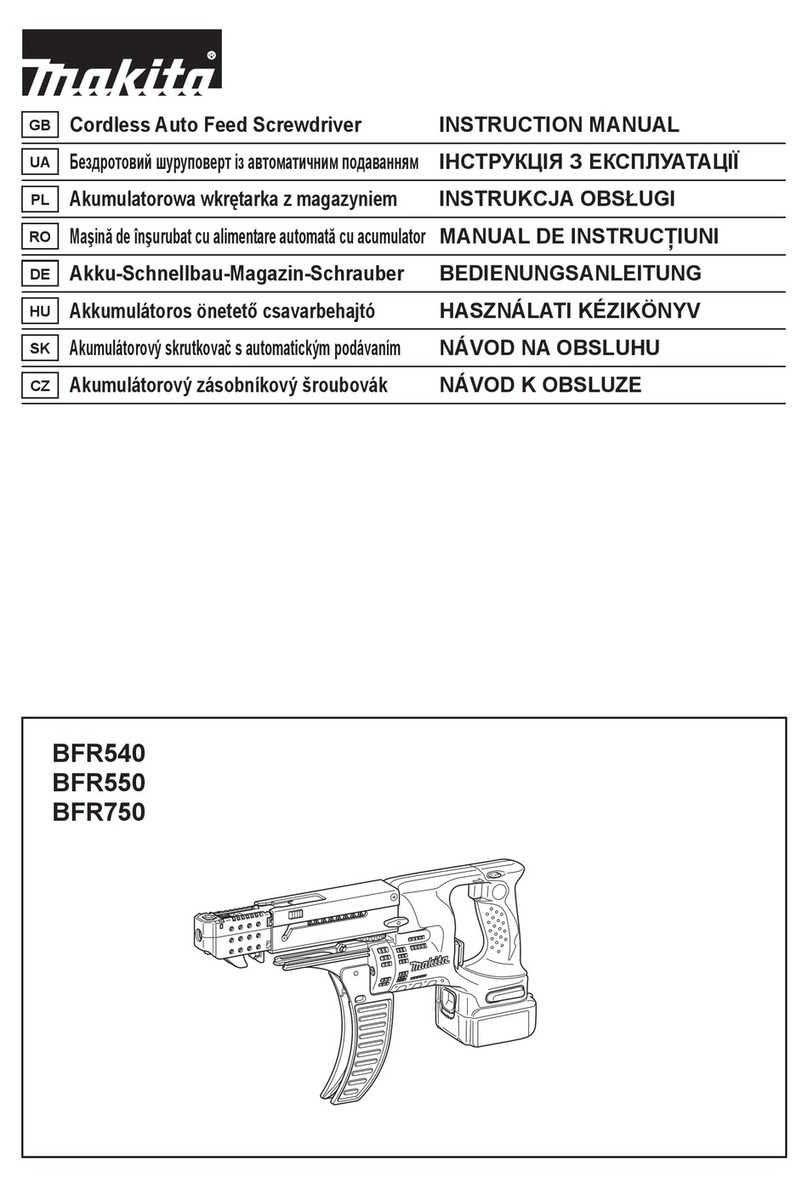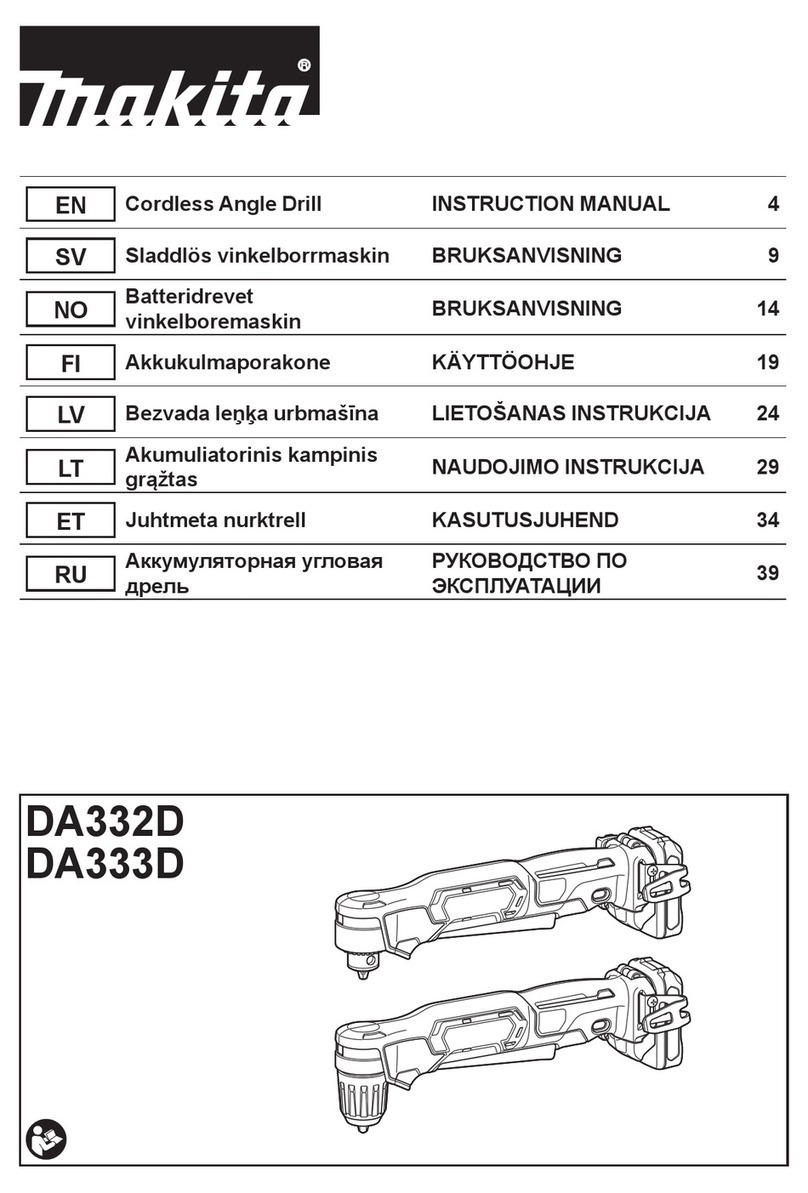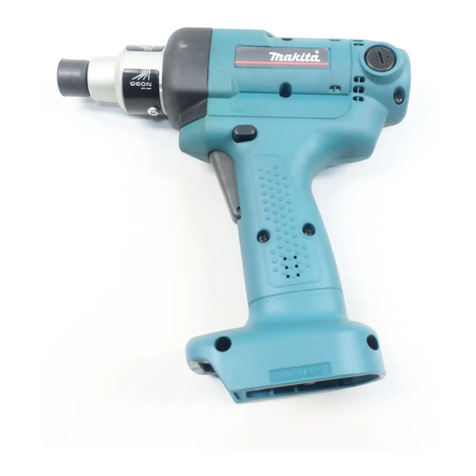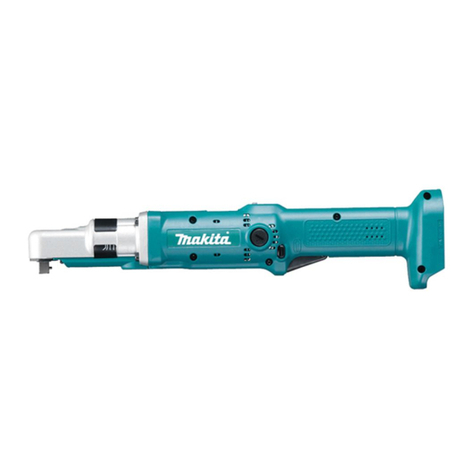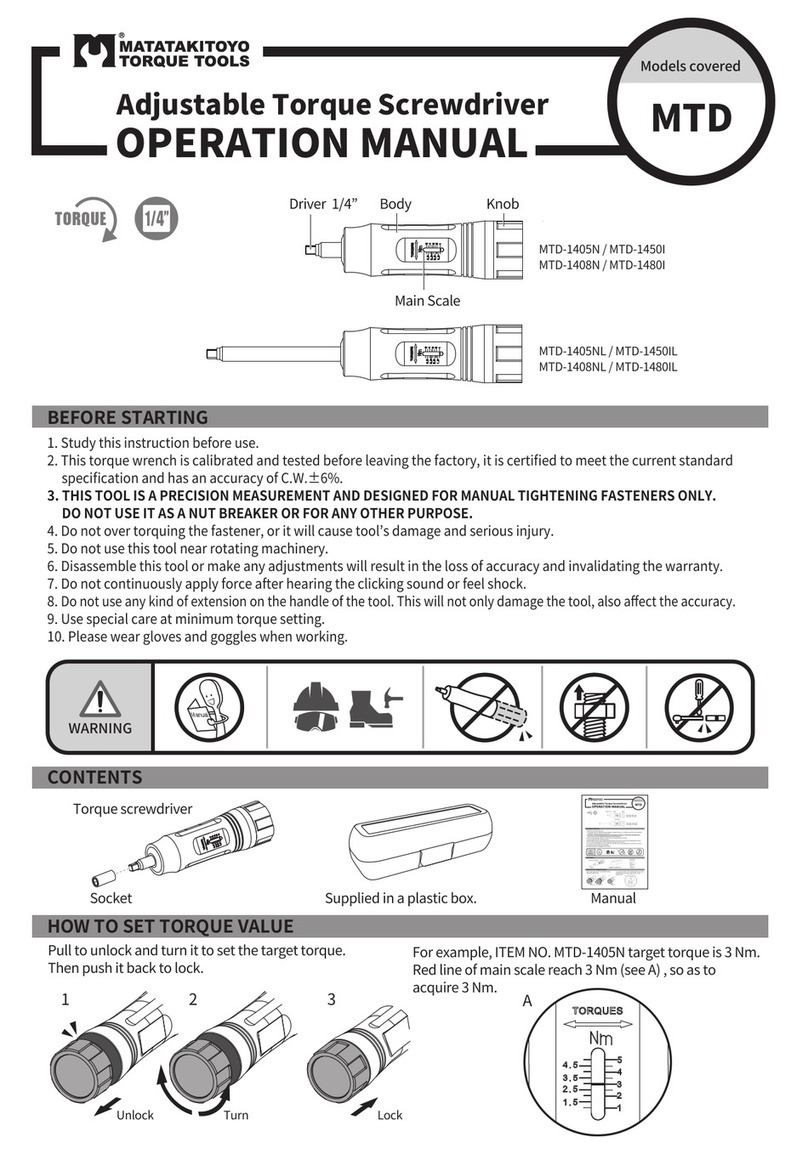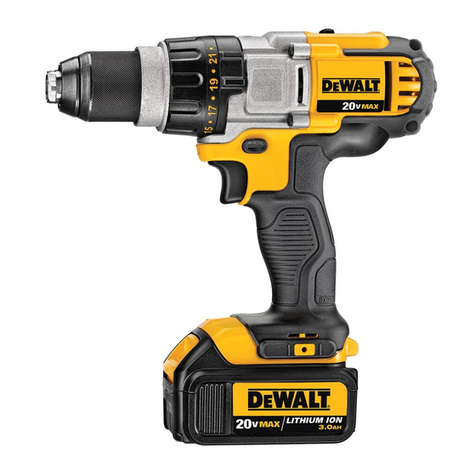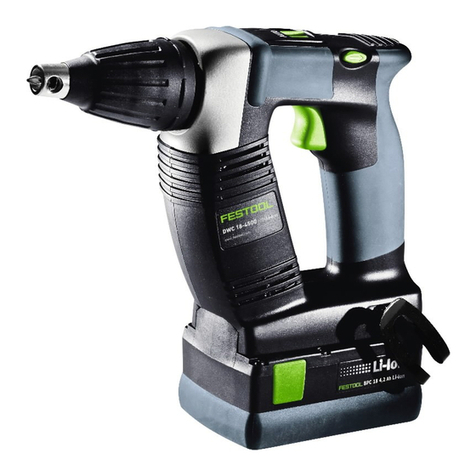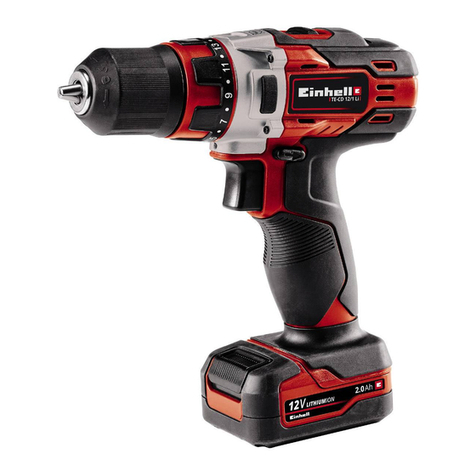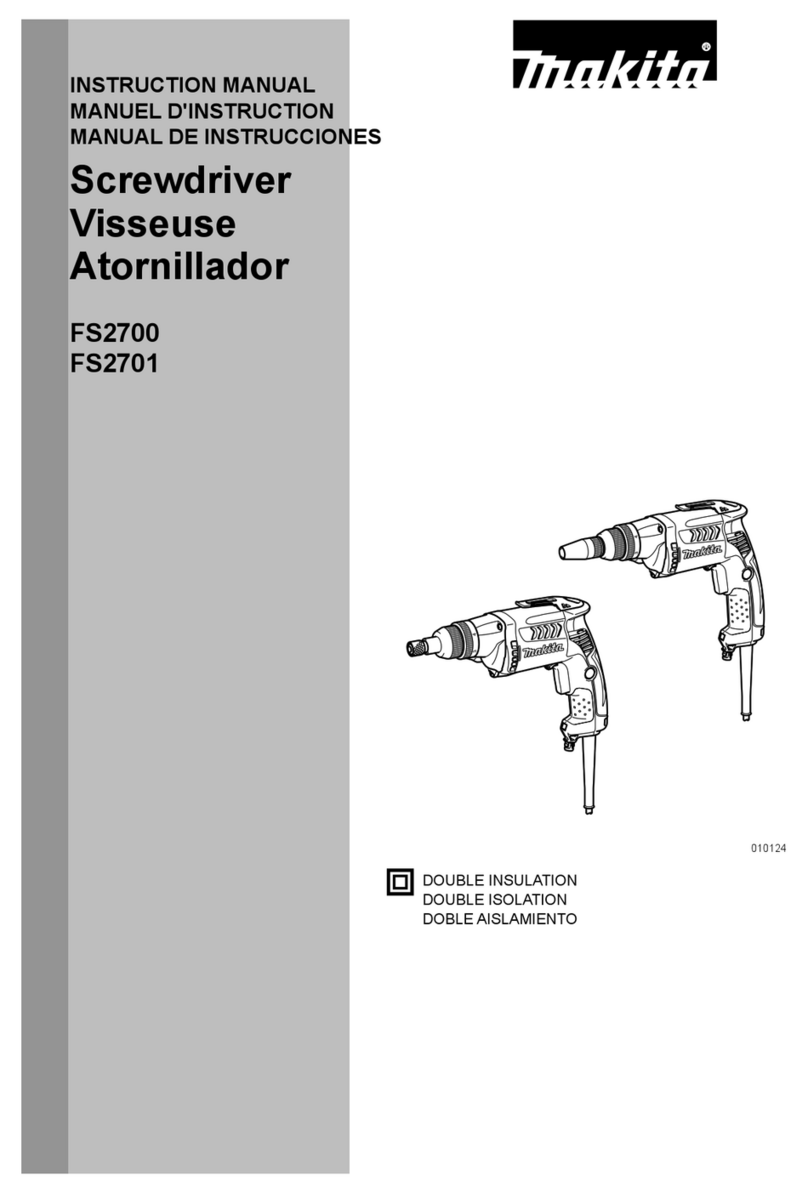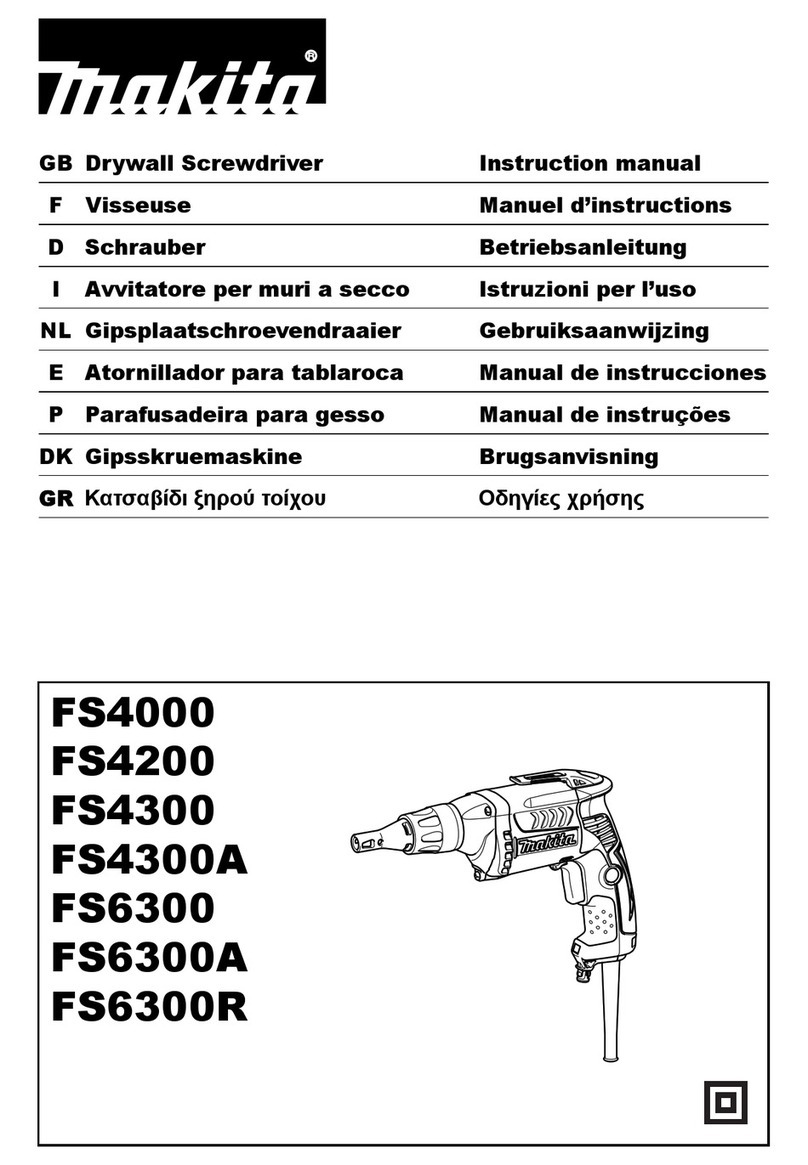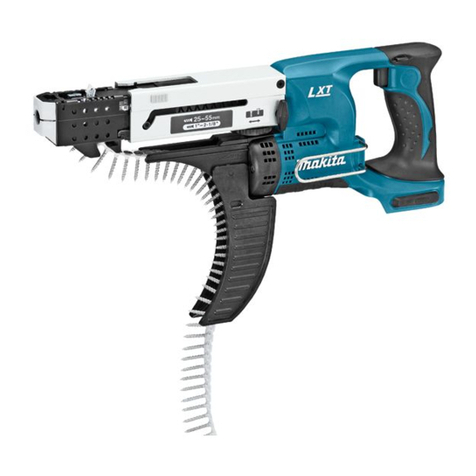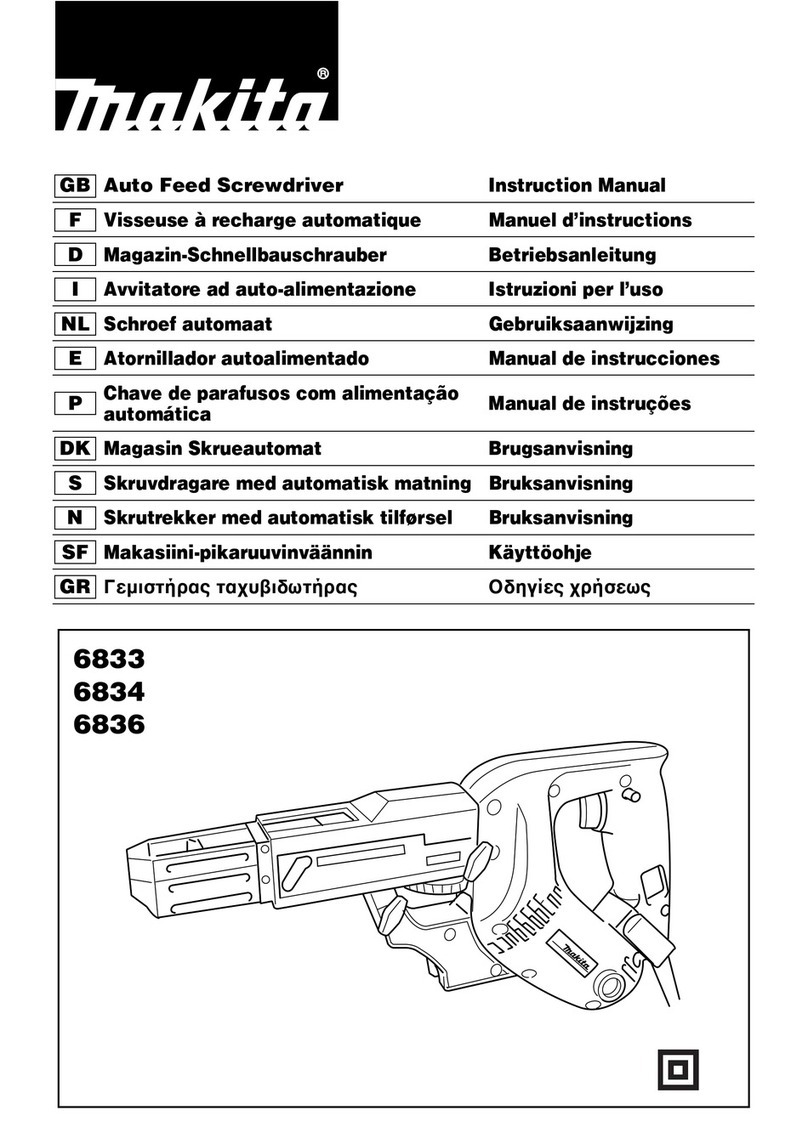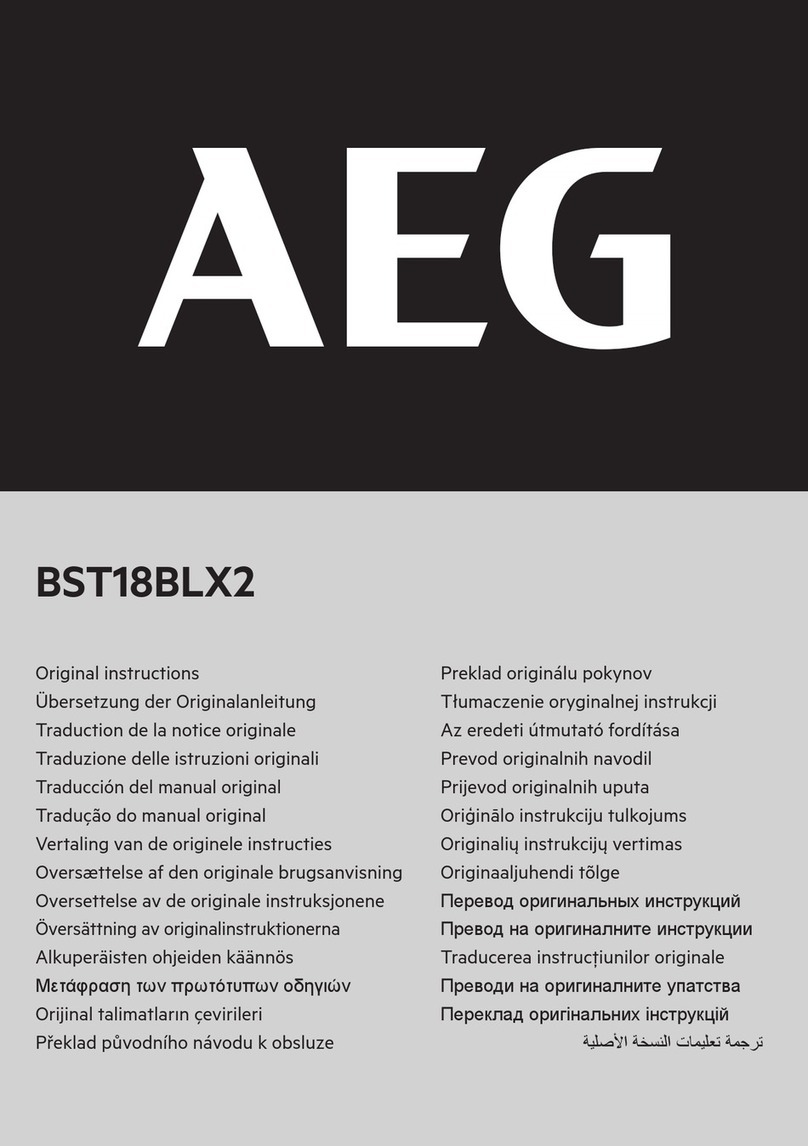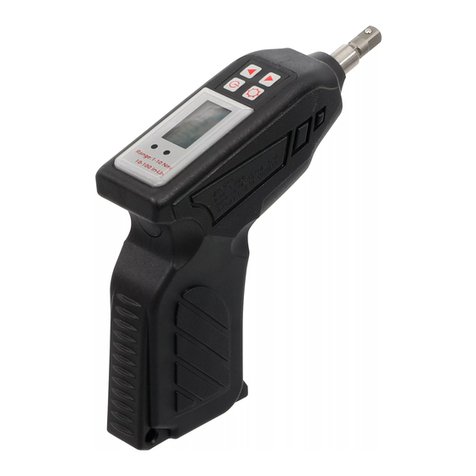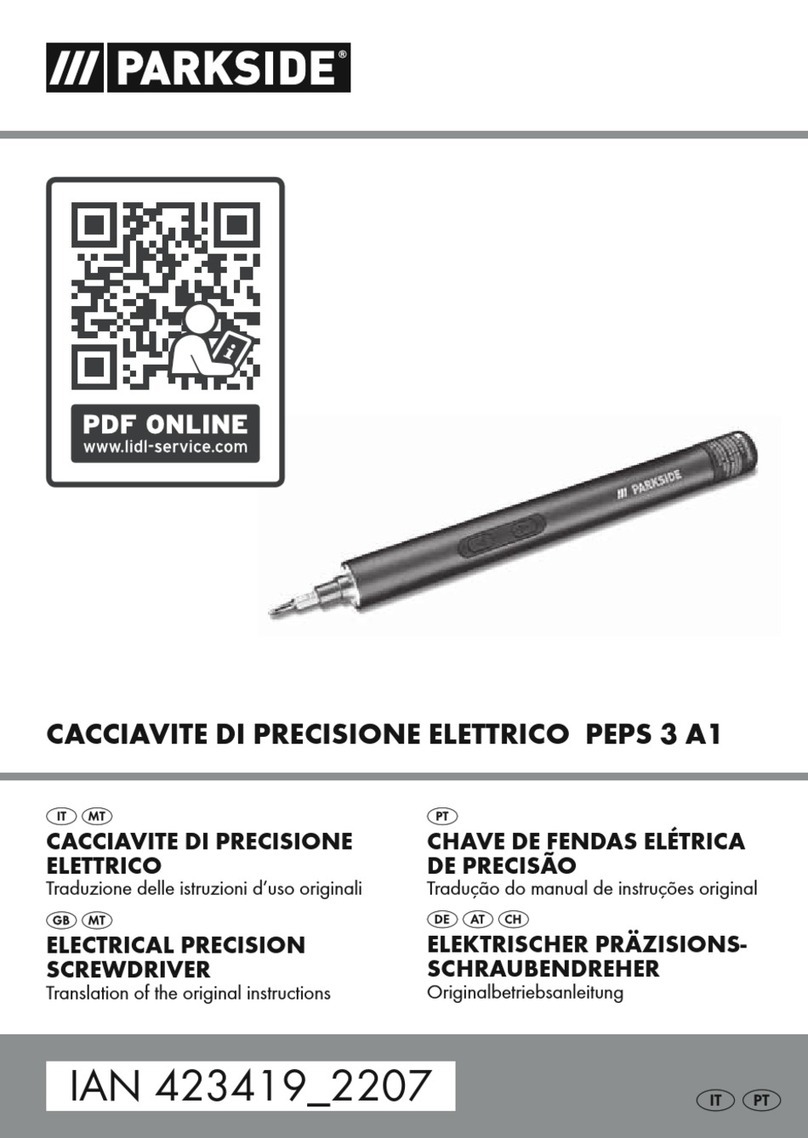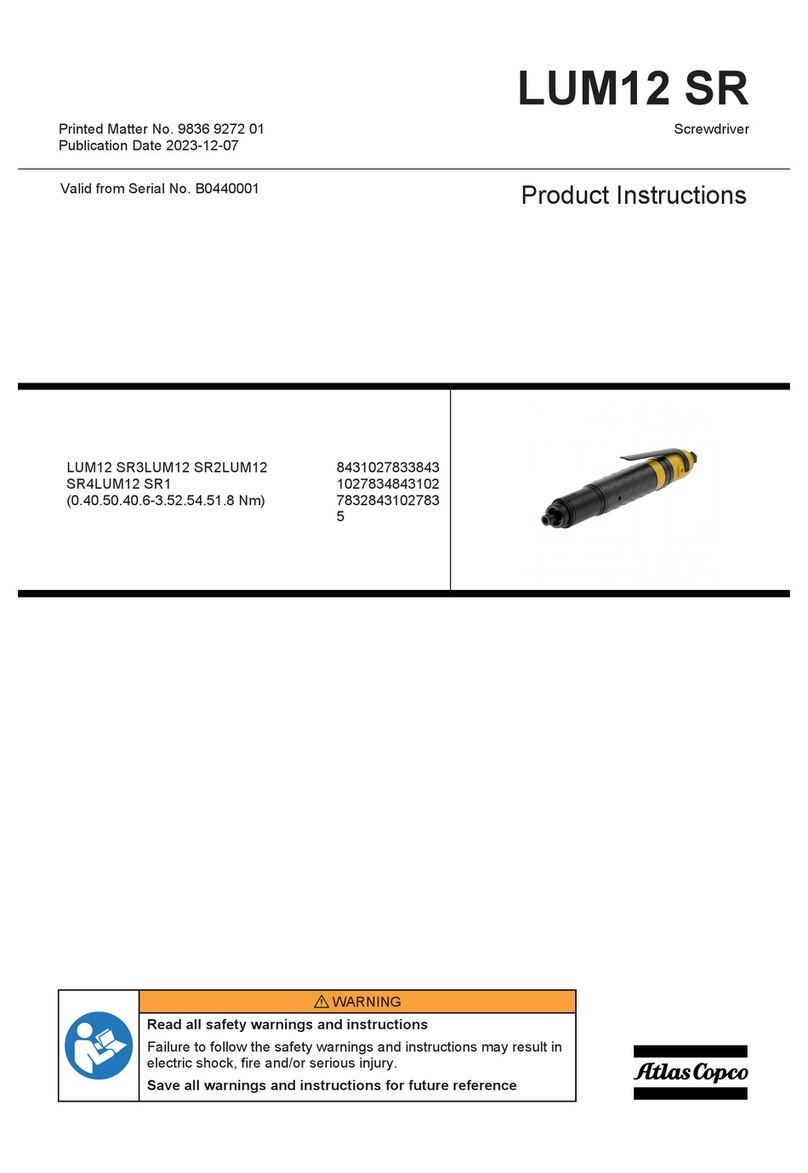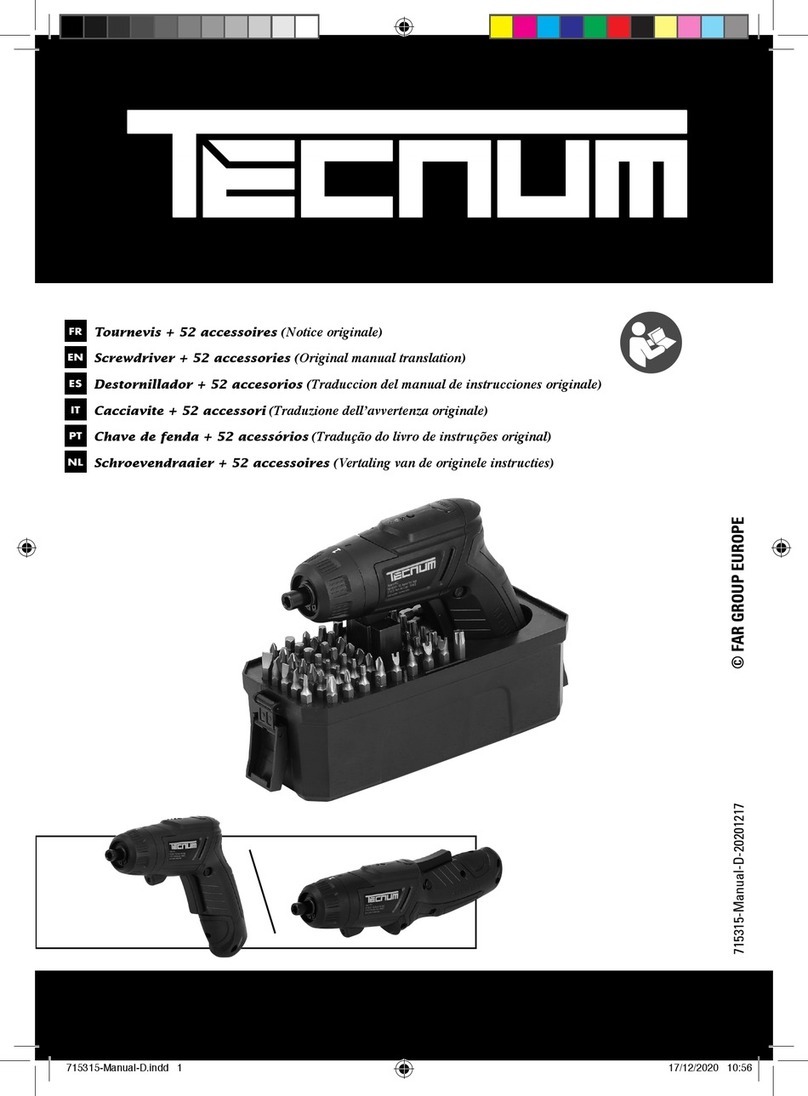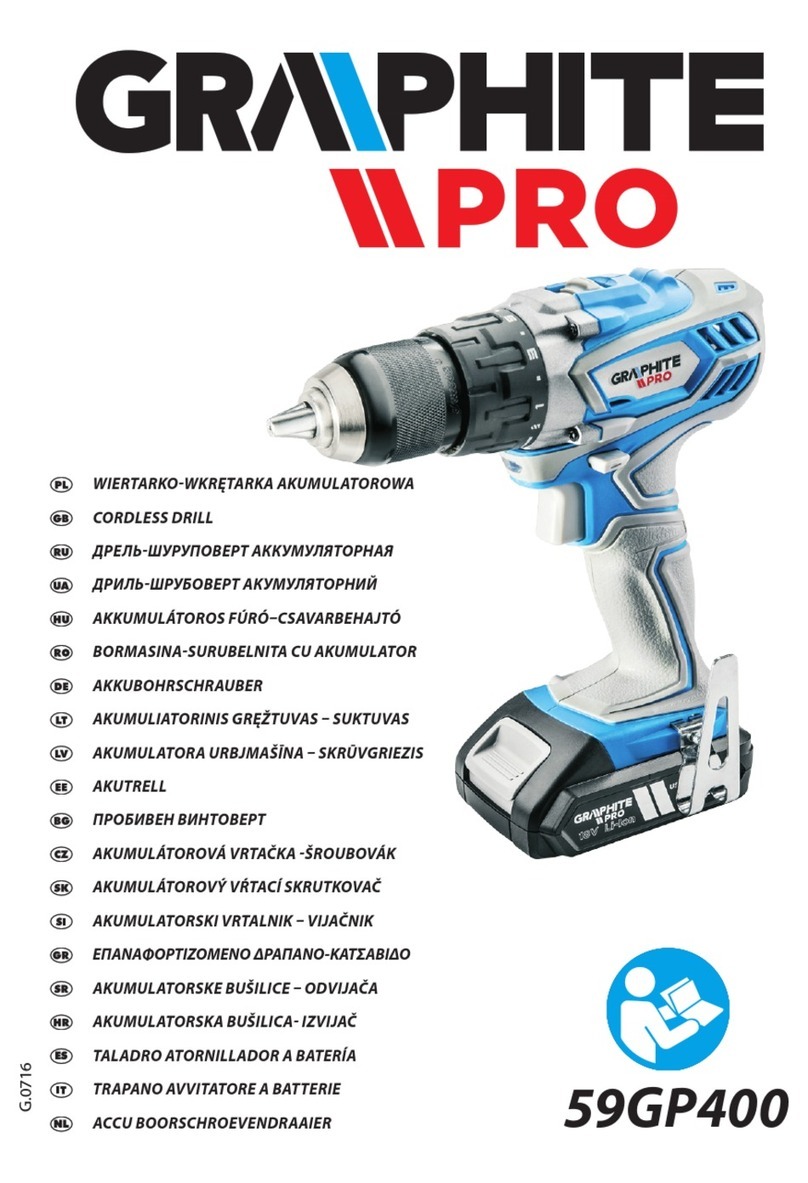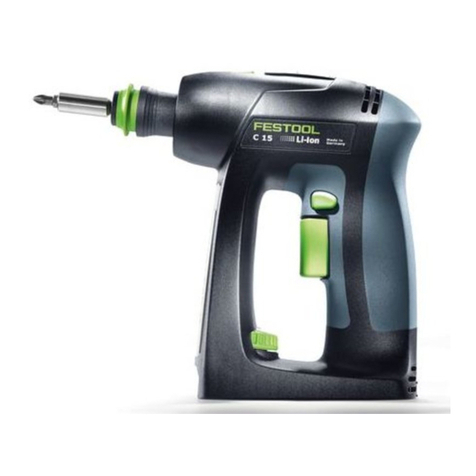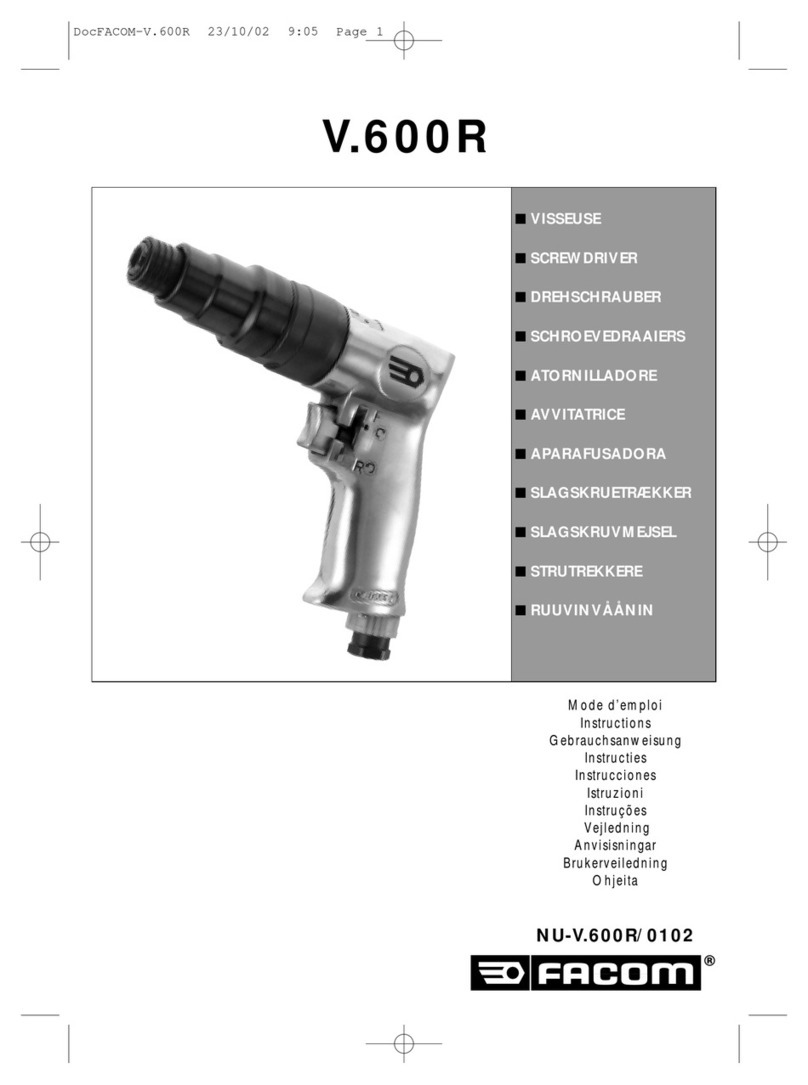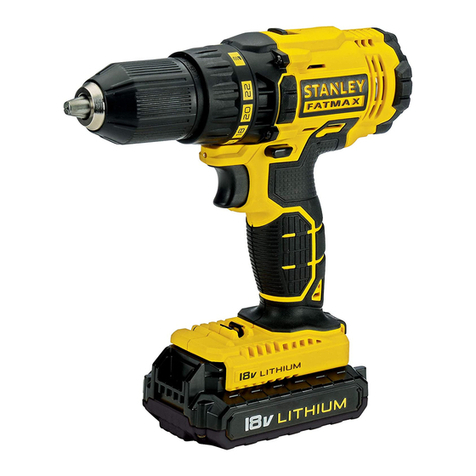IO.
Dress properly.
Do
not wear loose clothing or jewelry. Contain long hair. Keep
your hair, clothing, and gloves away from moving parts. Loose clothes, jewelry
or long hair can be caught in moving parts.
11.
Avoidaccidentalstarting. Be sure switchisoff beforepluggingin. Carryingtools
withyour finger onthe switchor plugging intools that havethe switchon invites
accidents.
12.
Remove adjusting keys or switches before turning the tool on. A wrench or a
key that
is
left attached toa rotating part of the tool may result in personal injury.
13.
Do
not overreach. Keep proper footing and balance at all times. Proper footing
and balance enables better control of the tool
in
unexpected situations.
14.
Use safety equipment. Always wear eye protection. Dust mask, non-skid safety
shoes, hard hat, or hearing protection must be used for appropriate conditions.
TOOL
USE AND CARE
15.
Useclampsor other practicalway tosecureand support the workpiece toa stable
platform. Holdingthe work by handor against your body
is
unstable and may lead
to
loss
of
control.
16.
Do notforce tool. Use the correct tool for your application. The correct tool will
do the job better and safer at the rate for which
it
is
designed.
17.
Do not use tool if switch does not turn
it
on or off. Any tool that cannot be
controlled with the switch
is
dangerous and must be repaired.
18.
Disconnect the plug from the power source before making any adjustments,
changing accessories,or storingthetool. Such preventive safety measures reduce
the risk
of
starting the tool accidentally.
19.
Store idle tools out of reach of children and other untrained persons.
Tools
are
dangerous in the hands of untrained users.
20.
Maintaintools with care. Keep cuttingtools sharp and clean. Properly maintained
tools,
with
sharp cutting edges are less likely to bind and are easier to control.
21.
Check for misalignment or bindingof moving parts, breakage of parts, and any
other condition that may affect the tools operation. If damaged, have the tool
serviced before using. Many accidents are caused by poorly maintained tools.
22.
Useonly accessoriesthat are recommendedby the manufacturerfor your model.
Accessories thatmay besuitable for one tool, may become hazardous when used
on another tool.
SERVICE
23.
Tool
service must be performed only
by
qualified repair personnel. Service or
maintenance performed by unqualified personnel could result
in
a
risk
of injury.
24.
When servicingatool, use only identicalreplacementparts. Follow instructions
inthe Maintenance section of this manual. Use of unauthorized parts or failure
to follow Maintenance Instructionsmay create a risk of electric shock or injury.
3
